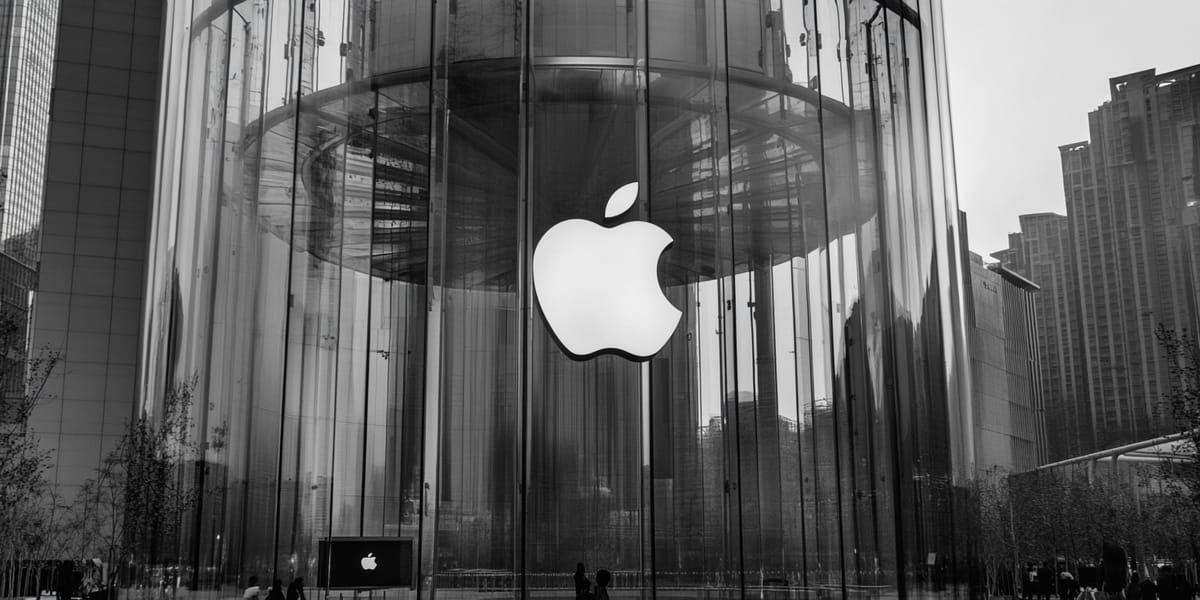Apple Plans Historic Production Shift From China to India

Apple plans to manufacture most iPhones sold in the United States at factories in India by the end of 2026. According to Reuters, the technology giant is holding urgent talks with contract manufacturers Foxconn and Tata to achieve this goal. The company currently sells over 60 million iPhones annually in the US, with roughly 80% manufactured in China.
Apple has already stepped up production in India to counter President Donald Trump's tariffs. The company shipped 600 tons of iPhones worth $2 billion to the United States in March 2025. Manufacturing costs in India are 5-8% higher than in China, with the difference rising to 10% in some cases. The US imposed 26% duties on imports from India in April, significantly lower than the over 100% tariffs China faced at the time.
Why This Production Shift Matters
This manufacturing realignment represents one of the largest supply chain shifts by a major technology company. Apple's move affects millions of American consumers who purchase iPhones annually. The production shift could potentially increase iPhone prices if Apple passes along higher manufacturing costs to customers.
Al Jazeera reports that Apple assembled roughly $22 billion worth of iPhones in India during the 12-month period ending March 2025, a 60% increase from the previous year. Despite this growth, only 20% of the world's iPhones are currently made in India. The strategic importance extends beyond economics, as the shift helps Apple reduce dependence on a single manufacturing location and provides supply chain resilience during geopolitical tensions.
Global Manufacturing Competition Reshapes Technology Industry
Apple's decision reflects broader changes in global electronics manufacturing. India now accounts for approximately 18% of global iPhone production and is projected to capture 20% of worldwide smartphone manufacturing by 2025. This growth positions India as the second-largest smartphone manufacturer globally, trailing only China.
The manufacturing shift creates a competitive dynamic between China and India, two nations with complex territorial disputes and economic rivalry. NPR analysis shows that Apple's partnership with China helped transform the country into a manufacturing powerhouse over two decades. Now, the same technological transfer is occurring in India, where Apple has partnered with local firms and established multiple production facilities.
China's response includes making it more difficult for engineers to travel to India and warning Chinese component manufacturers against establishing production plants there. Rest of World reports that despite Apple's diversification efforts, iPhones labeled "Made in India" remain dependent on China-centric supply chains for components and sub-assembly work.
Further Reading
For deeper insights into global adoption trends, our Alternative Financial Systems Index tracks regulatory frameworks and adoption metrics across 50 countries.




